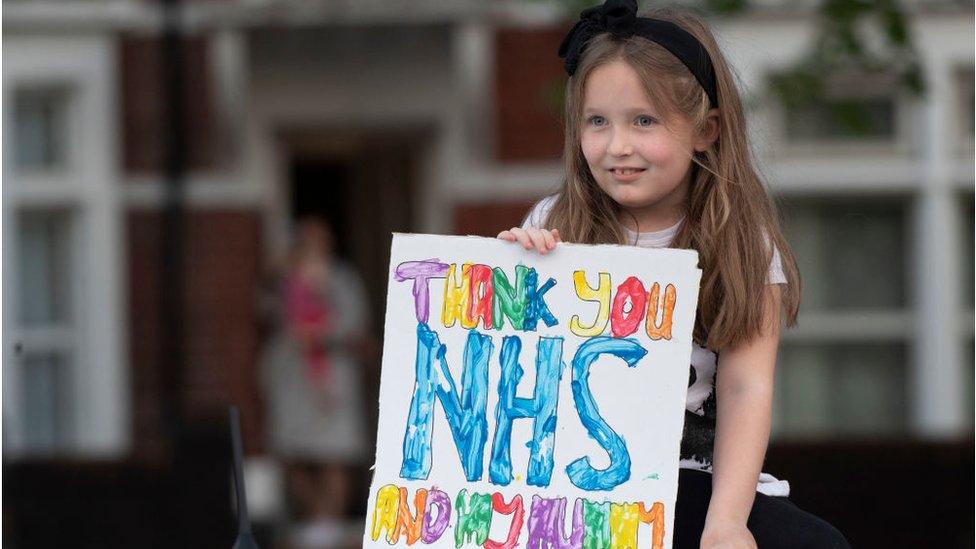Cold classrooms: Are you wearing a coat during lessons?
- Published
- comments

You may be learning with the windows and doors open in your class right now.
That's because the government has advised classrooms to be "well ventilated" to try and prevent coronavirus from potentially spreading from person to person.
For a room to be "well ventilated" - this means to have lots of fresh air entering and moving around the room.
But some children have told Newsround they are cold and some schools are not allowing coats and outdoor jackets to be worn in the classroom.
Cold Classrooms: Are you wearing a coat during lessons?
How are you feeling in class with the windows and doors open? Are you wearing coats? What are you doing to keep warm?
Have YOUR say by by leaving a message in the comments below.
Felix's story

Felix is 12 years old and he sits near an open window in his class.
He told Newsround: "It's hard for me to concentrate in class because I'm so cold.
"Sometimes I'm shivering because of how cold it is" and Felix added that "it's so cold that my hands are going numb."
He told us that some of his friends feel the same.
"I understand why they are open and my school have been really supportive to me and my friends during coronavirus.
"There's a one-way system so we can only walk one way in the corridors, which I think is a good rule."
However, Felix later said: "I think it's pretty unfair how other schools can wear coats and be warm, but our school can't."
Why is Felix's school saying no to wearing coats in class?
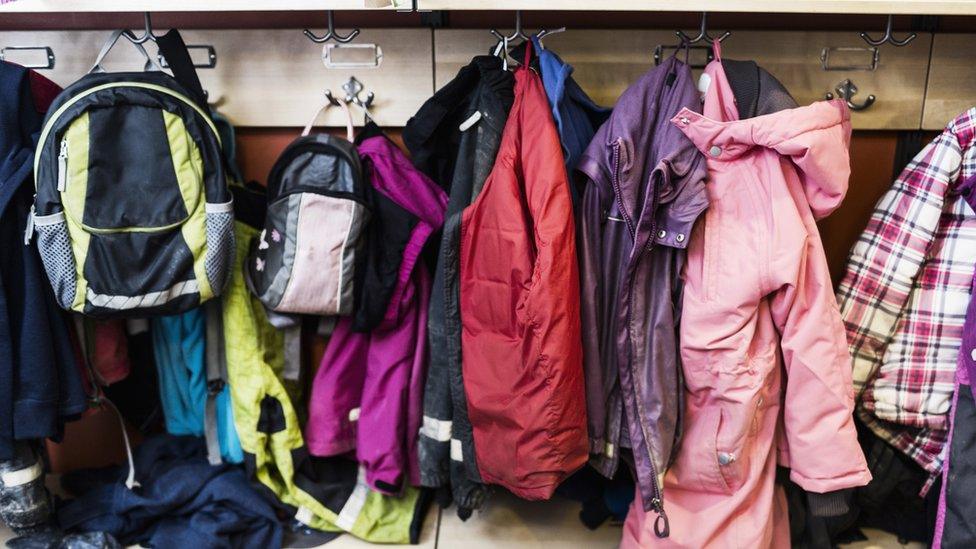
Felix's school told Newsround that it has asked children not to wear coats because they have a strong policy on uniform.
We have found that when pupils are allowed to wear their own clothes [such as on non-uniform days] their behaviour is different; I think this is something all schools experience. If we did that every day, it would become more difficult.
The head teacher of the school said they believe the children are able to keep themselves warm by wearing a number of thin layers like thermal clothing and T-shirts underneath their school shirt, jumper and blazer.
He added that they have a good heating system, which has allowed them to make sure that the room temperatures do not fall below 18 degrees Celsius which he said, they have not done.
He explained that they have different rules depending on the classroom and told us they review their rules every week to make sure they are making the right decisions.
The challenge for teachers
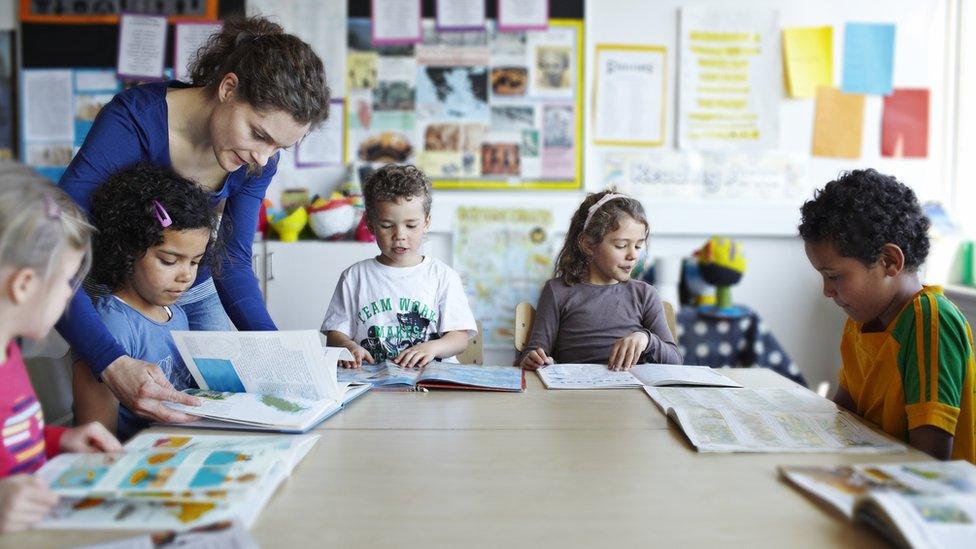
So how can teachers make sure there is fresh air and their pupils are not too chilly in class?
Niamh Sweeney from the National Education Union (NEU), which represents most teachers in the UK, said "we have a really difficult balancing act here.
"We need some clearer guidance from the government about what good ventilation is and how schools can do that.
"We're not scientists, well, not all teachers are scientists, so we need to know exactly what that means."
Niamh added that "no child should be cold in the classroom" and explained how important it is for teachers to make sure this doesn't happen.
For example, by moving children around the class so it's not always the same child sitting next to the window, making sure pupils are exercising outdoors to warm up and wearing extra layers of clothing underneath their school shirts.
"We're asking schools and head teachers to listen to their pupils and be sensible about their uniform rules at the moment and maybe relaxing them slightly so if children are cold they can put their coat on and then warm up and take it off again," Niamh said.
What does the government in England say?
The Department for Education told us it's important for schools to provide good ventilation and make sure classrooms are comfortable for children and teachers.
We are asking schools to provide good ventilation wherever possible, but also expect schools to maintain a safe and comfortable environment for their pupils and staff members.
It added that "good ventilation" can include opening windows and doors, as long as they are not fire doors and only to do this where it's safe.
Other ways the Department for Education has advised schools to provide good ventilation and maintain a comfortable temperature are:
Opening high level windows or rearranging furniture to reduce drafts
Increasing ventilation during break and lunch times or between classes
Schools to allow extra or suitable indoor clothing to be worn to keep warm
Schools to use and turn up the heating in class where necessary
There is no law for minimum or maximum temperatures for workplaces in England, however government guidance suggests a minimum of 16 degrees Celsius or 13 degrees Celsius if people are doing physical work.
What does the Scottish Government say?
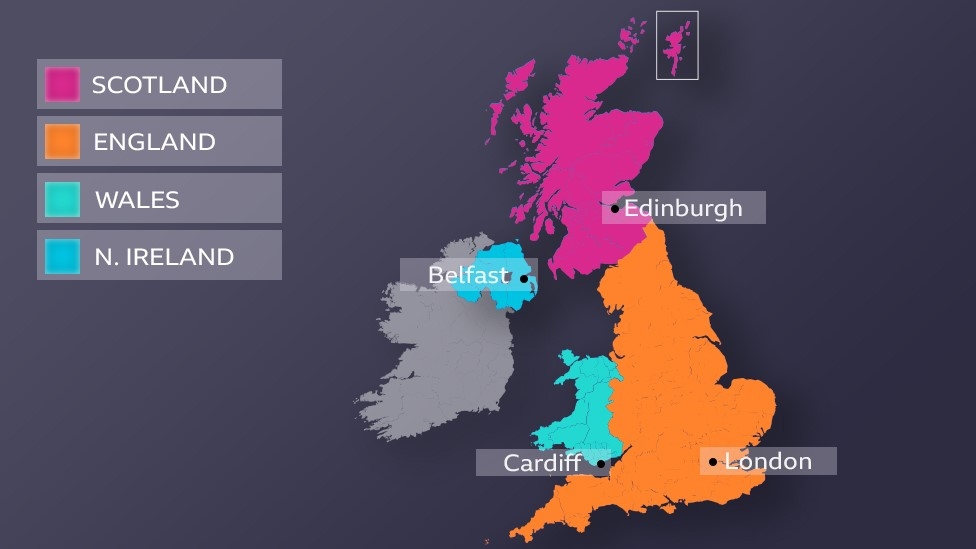
A Scottish government spokesperson told Newsround that the safety and wellbeing of pupils and school staff is really important.
"Evidence suggests that appropriate levels of ventilation can limit the spread of coronavirus (Covid-19) and councils are best placed to make arrangements on how to ensure there is suitable ventilation in schools."
Its guidance points out that local authorities are required to work with schools on how to balance the need for fresh air, with the need to maintain reasonable temperatures.
The minimum temperature for classrooms in Scotland is 17 degrees Celsius.
What does the Welsh government say?
The government in Wales said there should be appropriate levels of ventilation in school settings.
A spokesperson explained that if and where an air conditioning or a similar system is being used in schools - this should be changed to use fresh rather than recycled air if possible.
They added that schools should be starting their ventilation procedures before the school day and after school classes have finished and that opening windows and doors to provide a natural supply of fresh air, will help improve ventilation levels.
They told Newsround they recognise the need to maximise the amount of fresh air entering a classroom, whilst balancing this with maintaining a comfortable temperature.
The Welsh government advised that windows and doors do not need to be opened fully to provide good ventilation and suggested only doing this between classes or when the classroom is not being used.
The minimum temperature for classrooms in Wales is 18 degrees Celsius.
What does the Northern Ireland Assembly say?

Leaders of the UK nations: Welsh First Minister Mark Drakeford, Northern Ireland's First Minister Arlene Foster, Prime Minister Boris Johnson and Scottish First Minister Nicola Sturgeon
A spokesperson for Northern Ireland Assembly's education department told Newsround: "The Department's New School Day guidance calls for schools to ensure that, where possible, there is natural ventilation through the opening of doors and windows, noting that there is a requirement to ensure that workplace temperatures do not fall below the minimum of 16 degrees Celsius."
They recognised that "this is more difficult" in the colder winter months where high levels of ventilation "are not practicable"
"The Education Minister has asked that schools take a common sense approach, including looking at school uniforms and the possibility of pupils being allowed to wear extra layers of clothing, as agreed by the school," they added.
How are you feeling in class with the windows and doors open? Are you allowed to wear coats? Tell Newsround what you are doing to keep warm in the comments below.
- Published5 January 2021

- Published5 November 2020
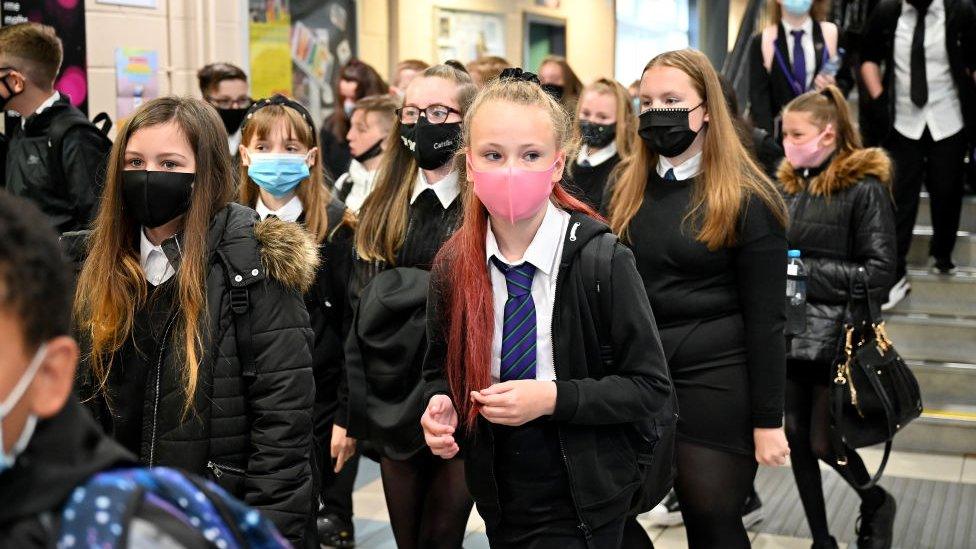
- Published7 June 2021
